A paper machine is used to manufacture paper. Modern paper machines are based on the Fourdrinier machine, developed by Henry and Sealy Fourdrinier in the early 1800s. The design is based on a machine invented in 1798 by Louis Robert, though Fourdrinier machines are significantly more complex. Little has changed in paper machines since their initial development. Most paper machines are comprised of four sections, which may be all in one piece of equipment or separated out into a few smaller machines.
This first section of the machine is called the wet end. Different configurations in this section of the machine are used to create papers of different grades. In the wet end, a slurry of wood pulp and water is delivered to the machine. The pulp, which is comprised of up to 99% water, is laid out against a screen in order to align the fibers in the same direction as the tissue machine; fillers and colors can be mixed in with the pulp in this stage of paper making as well.
In the next section of the paper machine, the paper moves to the press section, which is made up of two or more presses. The paper, which is still wet, is transferred from the screen to a felt, which can be made of different materials to give the paper different textures. The purpose of this section is to remove the water from the pulp by pressing the paper between rollers. While removing excess water, the presses shape the paper into flat sheets that can later be cut by another machine. At the end of this stage, the paper can still have as much as 65% water.
The third section of the paper machine, known as the drier section, reduces the water content of the paper to about 5%. In this section, the paper is passed through steam heated rollers. Usually, there are two or more sets of these rollers, which are tiered in order to press the paper through a tighter space each time. Starch, resin and glue may also be added to the paper at this time to help make the paper more resistant to water and to improve its printability.
The final section of a paper machine is known as a calendar section. Here, the paper is smoothed and pressed to a more uniform thickness. The amount of pressure applied to the paper at this point will determine the finish on the paper.










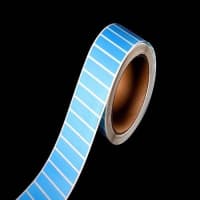
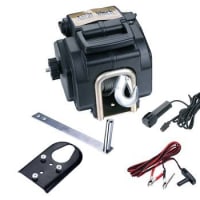

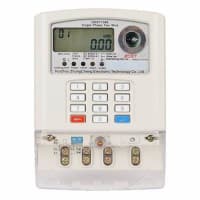
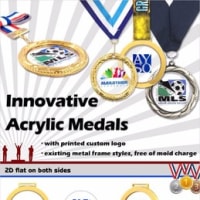
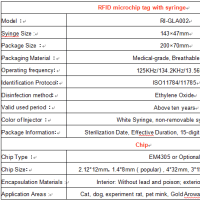

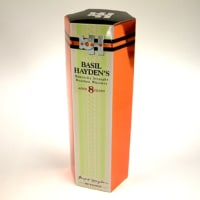
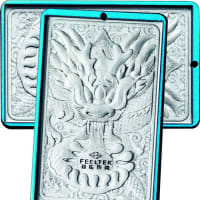
※コメント投稿者のブログIDはブログ作成者のみに通知されます